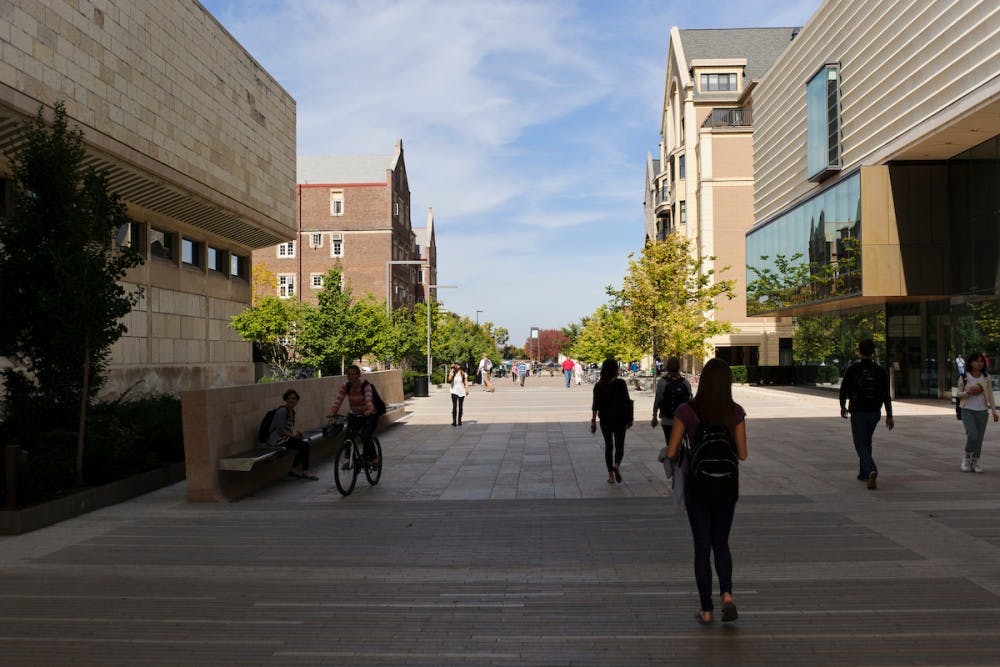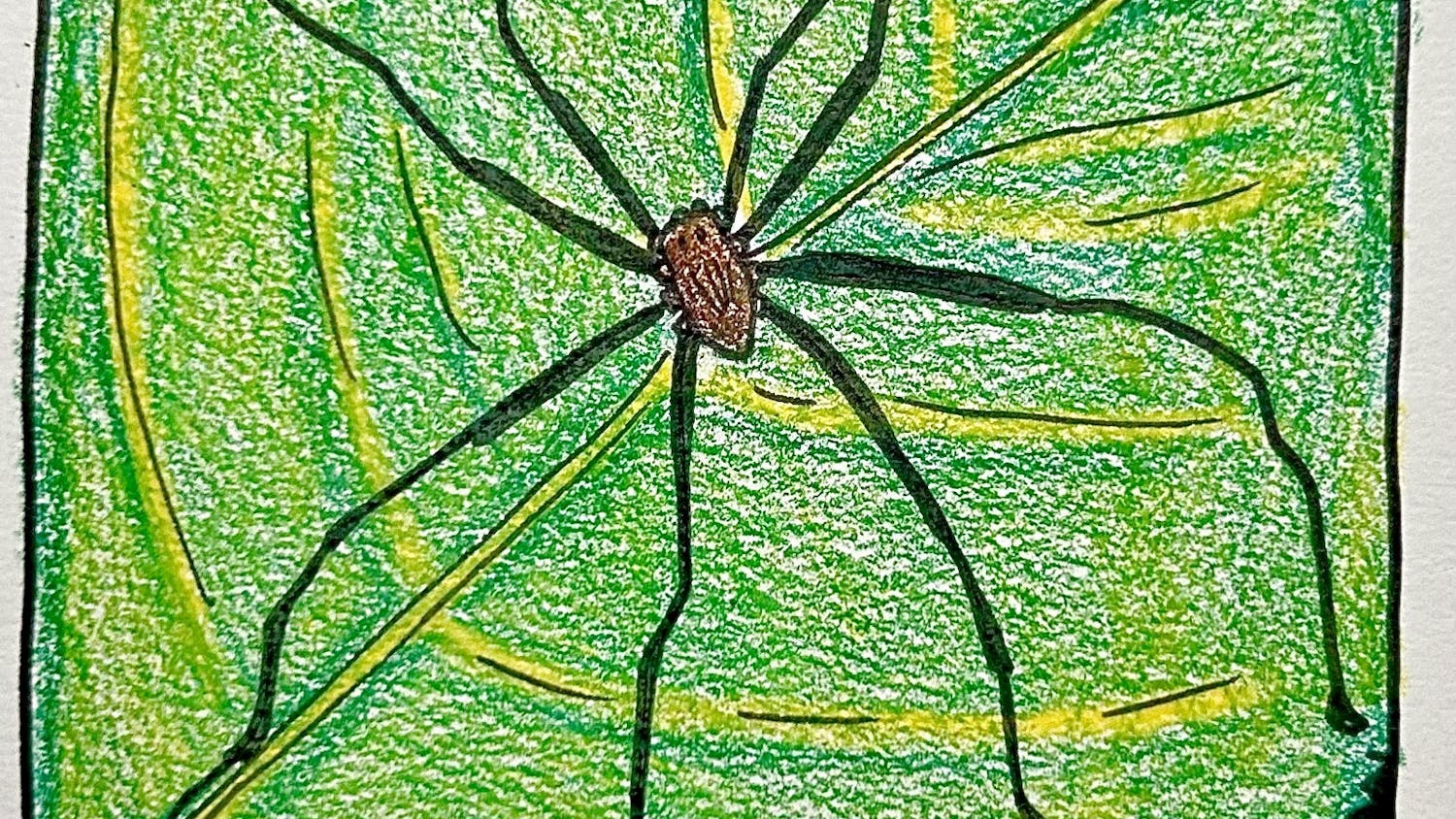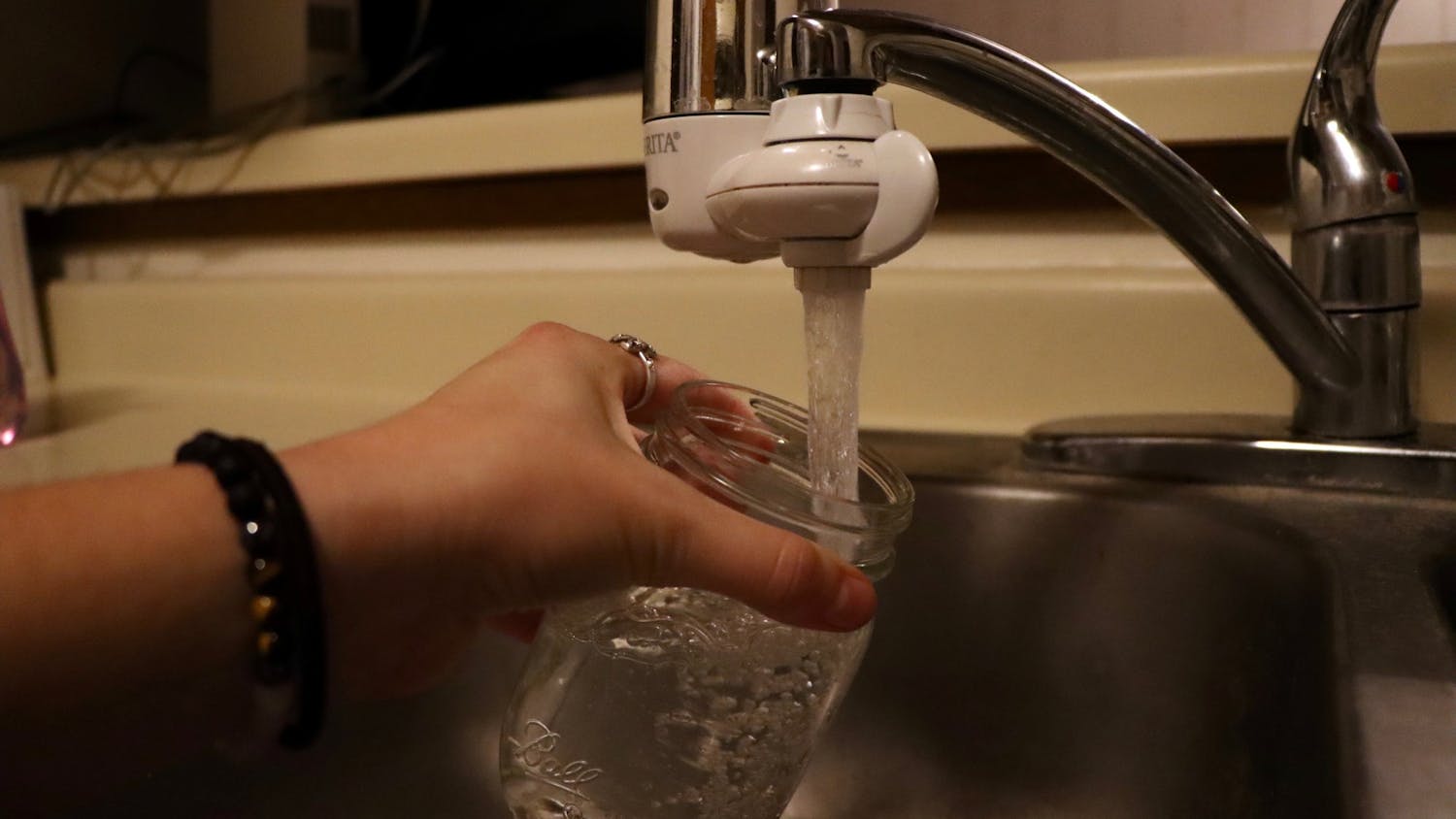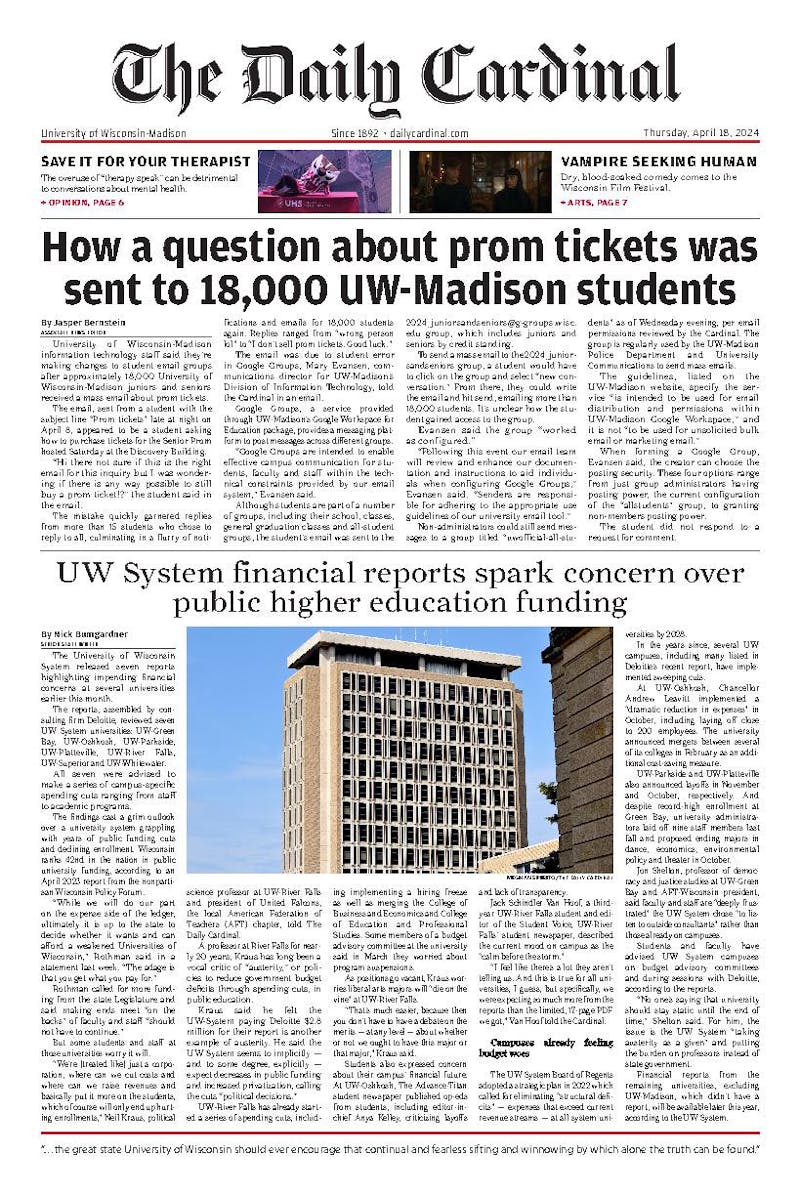C. Brian Rose, a Professor of Mediterranean Archaeology at the University of Pennsylvania, focuses his studies on ancient cities and architecture of the Roman Empire. While the life of an archaeologist may not be exactly like what’s shown in the movies, his work results in tangible discoveries of ancient civilizations that help us understand the societies that came before us.
In his most recent visit to campus, Rose discussed the ancient city of Gordion and the recently discovered tomb of King Midas, of which the myth of the golden touch originates.
Rose has been excavating the capital city of Phrygia in Turkey since 2006 and is the current co-director of the excavation.
Rose’s work on the excavation revealed an incredible event in history. The original city, which consisted of an elaborate architectural system and had taken the Phrygians many centuries to build, was ravaged by a fire that raged out of control.
As the fire raged, the Phrygians attempted to preserve their city by burying it. Many aspects of the dig site were preserved by 15 meters of clay, which effectively sealed artifacts from the heat of the flames.
After burying the original city, the Phrygians built an entirely new one on top. This set them apart from the competing kingdoms of the time, including Assyria and Lydia.
The King of Phrygia, Midas, was known for having a golden touch — according to the myth, everything he touched turned
“Even if they did not have any gold they still walked around looking golden, maybe producing a golden generation,” said Dr. Rose, referring to King Midas’s lineage.
The burial site of Midas’ father also uncovered the meal and drink that was served in the burial ceremony, found on bowls left in the burial shrine. The archaeologists recovered the recipe for an alcoholic drink and replicated it, with the help of DogFish Head Brewery.
“Even though it tasted ghastly, it is the exact recipe of what the people at the burial of Midas’s father would have been drinking,” said Rose.
Rose is the current James B. Pritchard Professor of Mediterranean Archeology in the University of Pennsylvania and the Curator in Charge of the Mediterranean Section of the Penn Museum. His lecture was presented in the Conrad A. Elvehjem Building that was provided by the American Institution of Archeology, with membership and contributions from of the University of Wisconsin-Madison.






